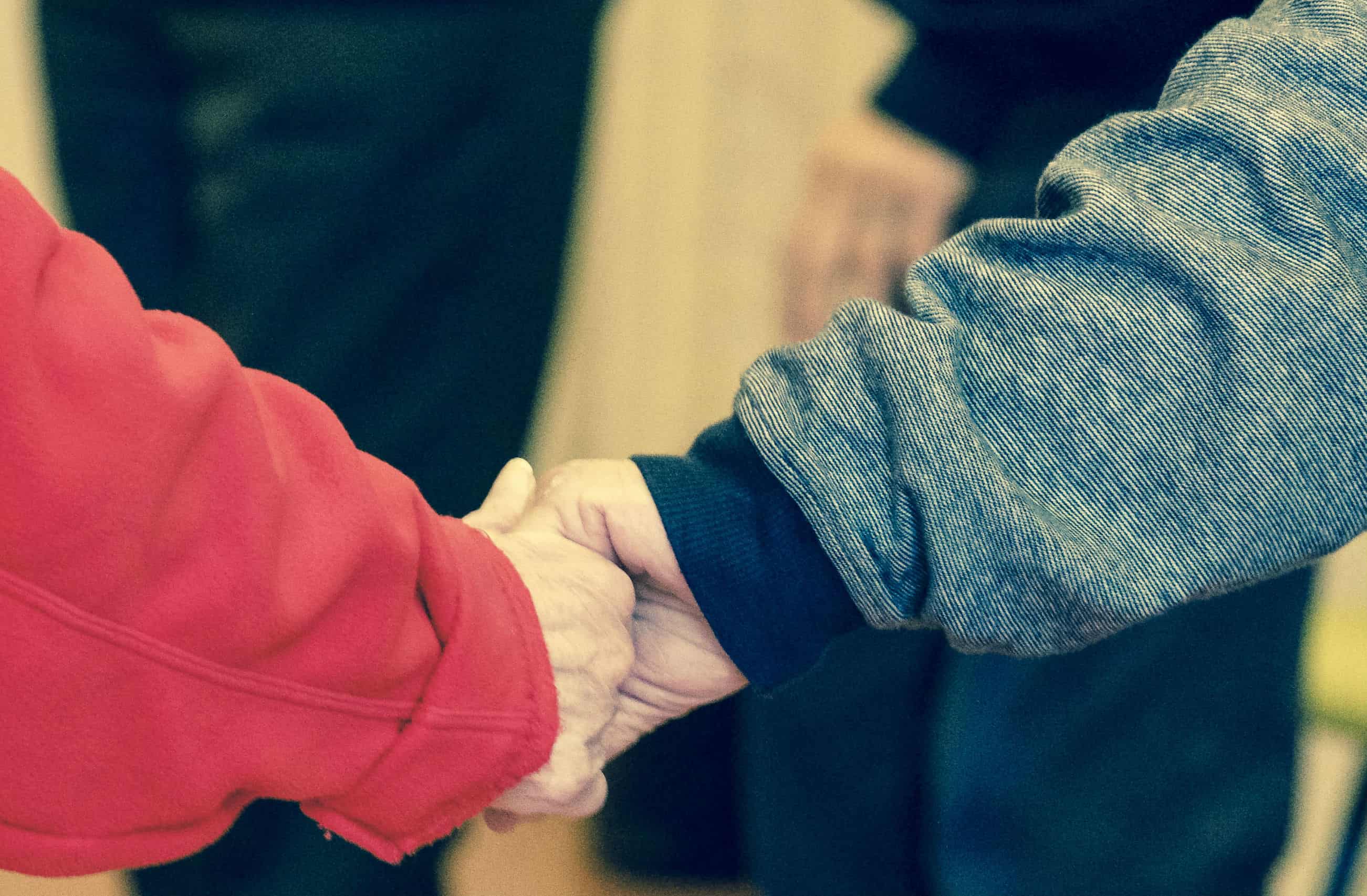How to Reduce Social Isolation for Seniors
Wednesday, February 15, 2017
Easing loneliness in older adults is only part of the equation
Many studies over the years have shown a link between social isolation and loneliness and an increase in mortality rates. This is particularly true when it comes to loneliness in the elderly, with AARP claiming a 26 percent increased risk of death due to subjective feelings of loneliness. With 51 percent of the senior population aged 75 and older living alone, loneliness and social isolation are serious concerns.
There isn’t one specific reason, but rather many that lead to social isolation. Factors that can increase the effects of social isolation include:
- Lack of transportation
- Health challenges
- Being a caregiver
- Loss of a spouse
- Loss of friends
- Poverty
- Living in remote or rural areas
Senior care facilities have a special role to play in preventing social isolation and loneliness by providing many ways to counter the effects of social isolation and loneliness, depending on the person’s situation.
Differences between social isolation and loneliness
With social isolation leading to so many health issues, it’s critical for senior care centers to reach out to the elderly through various social isolation interventions. Providing social opportunities will help alleviate social isolation and loneliness in the elderly.
Here are some ways senior care centers can get seniors involved with others in their facility and community:
- Providing social opportunities, including group meals and outings
- Providing transportation to social activities or adult day care programs
- Provide opportunities for regular volunteer work
- Help residents discover hobbies and arrange group activities for people who share those interests
- Have regular walking and exercise groups
- Hold classes to teach seniors something new
- Set up visits with residents of other local senior centers
If transportation is an issue and people can’t get out, it may be necessary to go to them. Different social isolation intervention methods that can be used to reach people where they live may include home-delivered meal programs, such as Meals on Wheels, or visits by a home health aide.
How senior care facilities can help reduce social isolation
If you’re concerned someone you know may be suffering the effects of social isolation, it may be a good time to reach out to them and see what services you can offer. Your facility may already offer programs such as group dining, group activities and opportunities for outings, all of which can provide a strong social network for people experiencing social isolation. Personal care assistants may also help alleviate social isolation whenever a loved one needs it.
If you are looking for ways to design or remodel your facility to accommodate community and social programs for seniors, contact Community Living Solutions. Simply contact us, or call 920-969-9344 to discuss your plans.
Search Blog
Categories
Archives
- August 2023
- April 2023
- February 2022
- March 2021
- February 2021
- April 2020
- January 2020
- December 2019
- November 2019
- July 2019
- April 2019
- March 2019
- February 2019
- January 2019
- November 2018
- September 2018
- August 2018
- July 2018
- June 2018
- May 2018
- April 2018
- March 2018
- February 2018
- January 2018
- December 2017
- November 2017
- October 2017
- September 2017
- August 2017
- July 2017
- June 2017
- May 2017
- April 2017
- March 2017
- February 2017
- January 2017

